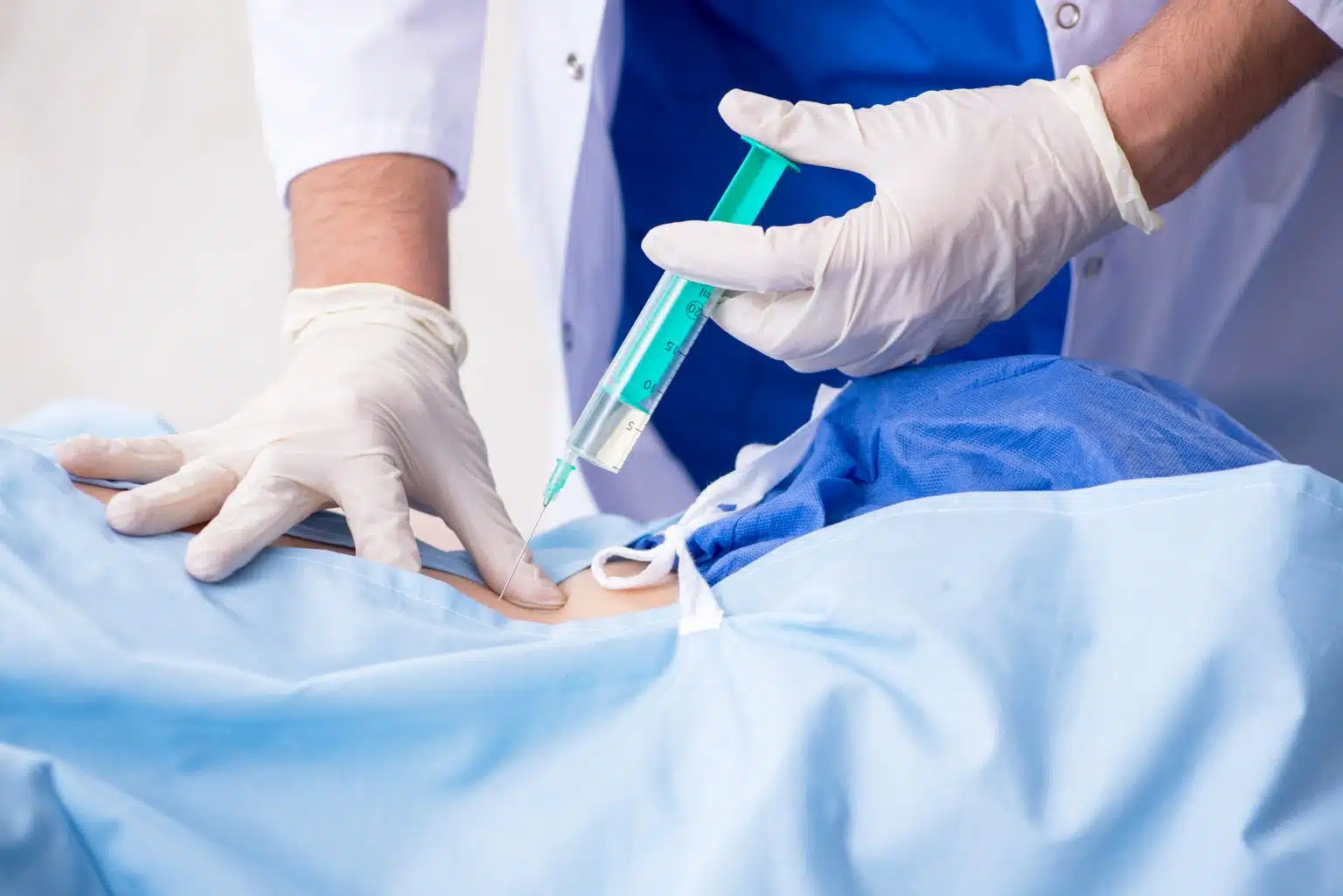Back pain is one of the most common reasons people visit a doctor—and one of the most difficult to treat long-term. While medications and surgeries are often used, many are turning to Platelet-Rich Plasma (PRP) therapy as a less invasive, natural solution. But before you consider PRP for back pain, it’s important to understand what it is, how it works, and who it’s best suited for.
What Is PRP Therapy?
PRP therapy involves drawing a small amount of your own blood, spinning it in a centrifuge to concentrate the platelets, and injecting that plasma into the area of pain or injury. Platelets are rich in growth factors that promote tissue healing and reduce inflammation.
When injected into the spine or surrounding structures, PRP may support the healing of:
- Damaged discs
- Ligaments
- Tendons
- Facet joints
- Sacroiliac (SI) joints
How PRP Works for Back Pain
Chronic back pain is often caused by degenerative changes in the spine, such as disc wear or joint inflammation. PRP works by jumpstarting the body’s natural healing process in these areas. The platelets release bioactive proteins and growth factors that:
- Reduce inflammation
- Repair micro-tears in soft tissues
- Stimulate new cell growth
- Improve circulation to the area
Over time, this can lead to pain relief and improved mobility—without the need for long-term medications or surgery.
What to Expect During Treatment
PRP injections are typically done in-office and take about 60 to 90 minutes, including preparation time. Imaging guidance (like ultrasound or fluoroscopy) may be used to ensure accurate placement.
After the injection:
- You may feel soreness for a few days
- Most people resume normal activities within a day or two
- Results are gradual, often improving over several weeks
- Multiple sessions may be recommended for optimal results
Is PRP Right for Your Back Pain?
PRP may be beneficial if:
- You have mild to moderate disc degeneration or joint-related pain
- You want to avoid surgery or reduce dependence on pain medication
- Other conservative treatments haven’t worked (like physical therapy or chiropractic care)
- You’re in generally good health and don’t have blood disorders or active infections
However, it may not be ideal if you have severe structural damage that requires surgical intervention, or if you have conditions that affect healing (e.g., autoimmune disorders, uncontrolled diabetes).
Risks and Considerations
PRP is generally considered safe because it uses your own blood. Still, you should be aware of:
- Temporary pain or swelling at the injection site
- Minimal risk of infection
- Results vary—some people see great improvement, others may not
Make sure your provider is experienced and uses sterile technique with image guidance for spinal injections.
Bottom Line
PRP therapy offers a promising, minimally invasive option for treating certain types of back pain by tapping into your body’s natural ability to heal. If you're seeking alternatives to medication or surgery, talk to a qualified provider to see if PRP is a good fit for your specific condition.
Curious if PRP can help relieve your back pain? Schedule a consultation with our regenerative medicine team today to explore your options naturally and effectively.
.svg)


.webp)